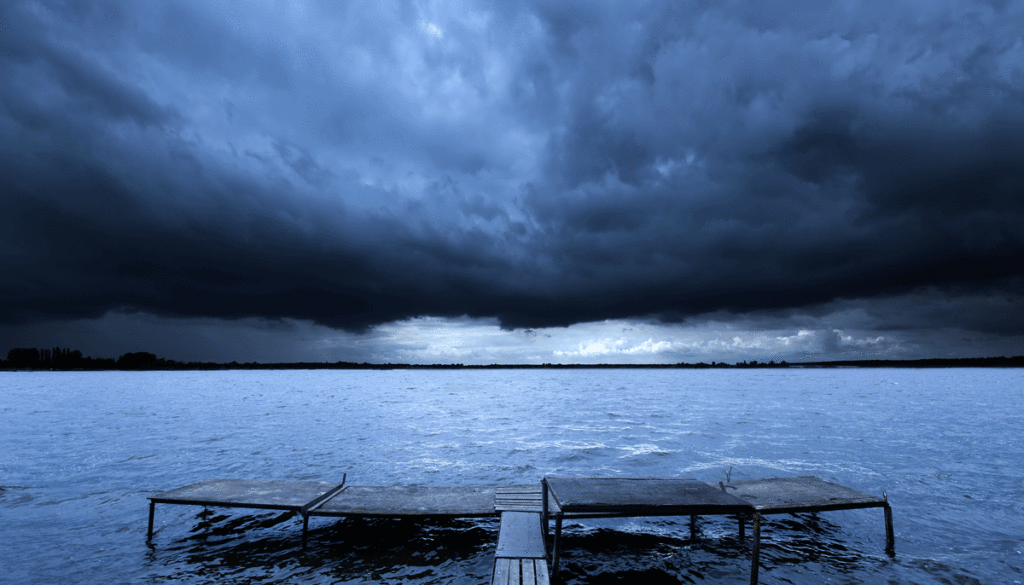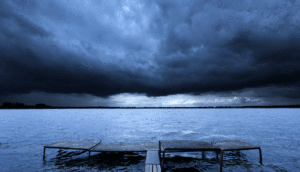Did you know that there are multiple different types of lightning? While most people know one variety well, they’re not always familiar with the less common, or sometimes less visible, forms that lightning can take. Let’s take a close look at the dangerous and captivating natural phenomenon we call lightning.
What Is Lightning?
Lightning is a superheated column of plasma that is created when there is a large imbalance in the electron charge between two points. Typically, this occurs during a thunderstorm. However, lightning doesn’t necessarily need a storm around to occur. Any time there’s a sharp imbalance in the charge between two points in the atmosphere, there can be a lightning strike.
There are several types of lightning, though the main one most people recognize is cloud-to-ground.
Cloud to Ground
The kind of lightning that you’re likely thinking of when you hear “thunderstorm” is cloud-to-ground lightning. This is a lighting bolt that strikes from a storm cloud to the ground level and is the kind of lighting that poses the greatest threat to humans. The reason for this is somewhat obvious: the majority of humans are on the ground!
These kinds of lightning strikes typically have a negative charge. Most electrons on the ground are positively charged, while most electrons on the bottoms of clouds are negatively charged. In the unusual event that the opposite occurs and a lightning bolt with a positive charge strikes the ground, the effects are normally explosive. These kinds of strikes are often much stronger than negatively charged strikes because they need to travel longer distances.
Cloud to Cloud
Cloud-to-cloud lightning is sometimes called “heat lightning,” though it has nothing to do with temperature. Cloud-to-cloud lightning can take place even in the clouds that form a blizzard. This kind of lighting, as you might expect, happens when a negatively charged cloud is close to a positively charged cloud.
From the ground level, this type of lightning can look like a “shimmer” or flash of lights within clouds. It typically poses no threat to humans, though cloud-to-cloud lighting can be extremely dangerous to aircraft.
Cloud to Air
Similar to cloud-to-cloud lightning, cloud-to-air lightning doesn’t usually bother humans. This kind of lightning is often the type that humans see the least because it’s not easy to see from the ground level. Cloud-to-air lightning is usually positively charged, with positive electrons in a cloud becoming attracted to negative electrons in the air.
Also, like cloud-to-cloud lightning, cloud-to-air lightning is very dangerous for aircraft.
Ball Lightning
A very uncommon form of lightning, ball lightning, can form with the right conditions. For decades, ball lightning was considered by some scientists to be a myth. This changed when recent evidence came to light that definitively proved that ball lightning is real.
As the name suggests, ball lightning is a supercharged ball of plasma that can occur during thunderstorms. Less is known about ball lightning than other lightning varieties, but it is known to pose a risk to humans. If you see ball lightning, stay far away from it!









